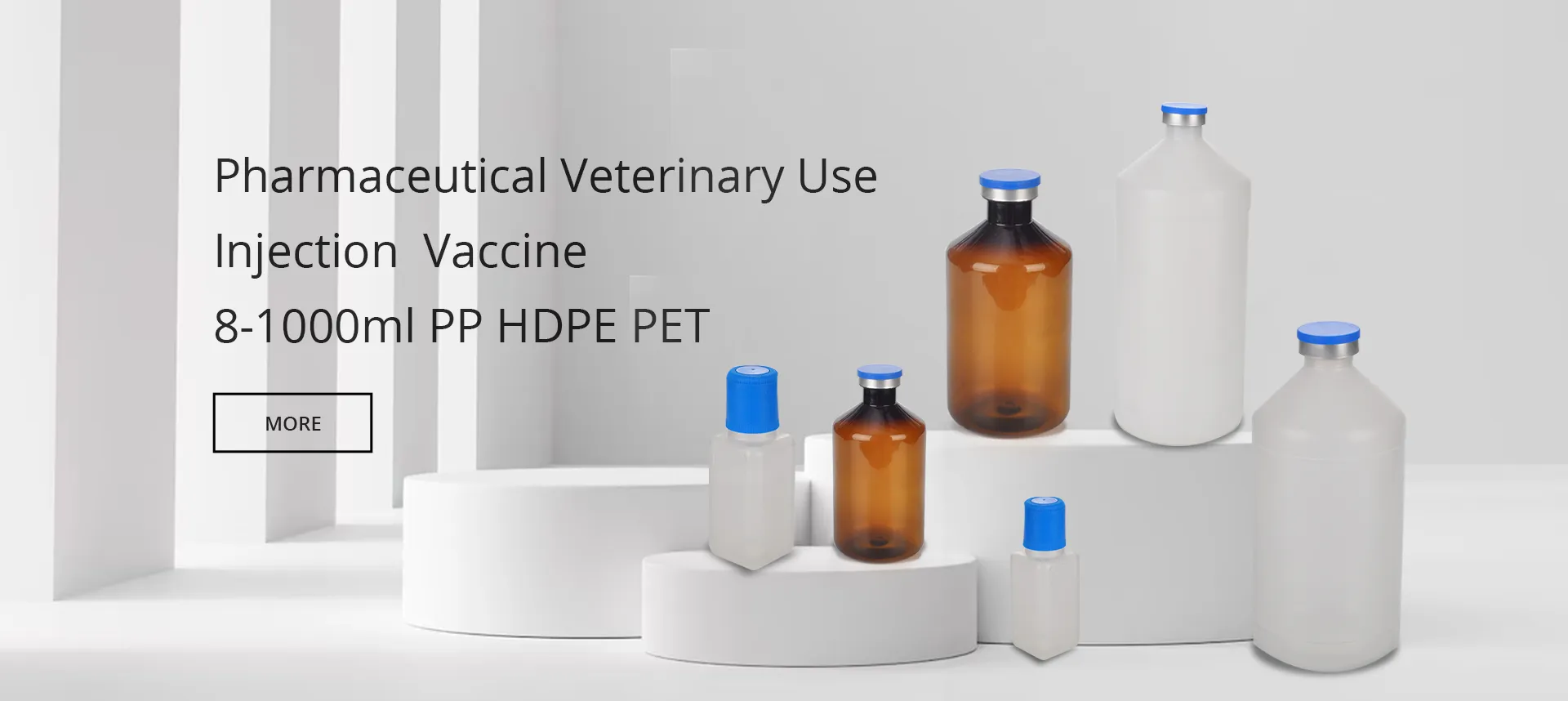https://www.wahmg.com/)">
petri dish how to use
petri dish how to use
How to Use a Petri Dish A Comprehensive Guide
Petri dishes, also known as Petri plates, are essential tools in microbiology and laboratories for culturing microorganisms, bacteria, fungi, and cell types. Their shallow, cylindrical shape and transparent cover make them ideal for observing the growth of cultures over time. Whether you are a student, a researcher, or a hobbyist, understanding how to properly use a Petri dish can enhance your experiments and observations. This article will guide you through the steps for effectively using a Petri dish.
1. Selecting the Right Petri Dish
Petri dishes come in various sizes and materials, including glass and plastic. For most microbiological applications, plastic Petri dishes are sufficient and come pre-sterilized, making them ready for immediate use. Choose an appropriate size, typically 90 mm in diameter for general purposes, but larger or smaller dishes are available based on your needs.
2. Preparing the Culture Medium
The next step is to prepare the growth medium, which provides the necessary nutrients for the microorganisms. One of the most commonly used media is agar, a gelatinous substance derived from algae. You can purchase pre-made agar or prepare it from scratch by mixing agar powder with distilled water and nutrients, then boiling until dissolved. Allow the mixture to cool slightly before pouring it into the Petri dish.
To prevent contamination, ensure that all materials used, including the Petri dish, agar, inoculating loops, and pipettes, are sterilized. Autoclaving is the most effective method of sterilization, particularly for glass dishes and agar. If using plastic dishes, ensure they are pre-sterilized and handled aseptically.
4. Inoculation of the Agar
petri dish how to use

Once the agar has cooled and solidified in the Petri dish, it is time to inoculate the medium with the microorganisms you wish to study. Using an inoculating loop, dip it into your microbial sample and gently streak it across the surface of the agar. This process can help isolate individual colonies and enables observation of their characteristics.
5. Incubation
After inoculation, it is crucial to incubate the Petri dish to allow for microbial growth. Place the dish upside down in an incubator or a warm, dark place at a suitable temperature for your specific microorganisms. The duration of incubation can vary but typically ranges from 24 to 48 hours, depending on the species you are cultivating.
6. Observing Growth
After the incubation period, observe the Petri dish for microbial growth. You may see distinct colonies, each representing different types of microorganisms. Use a magnifying glass or microscope for a closer examination, documenting any notable features, colors, and morphologies.
7. Disposal and Safety Precautions
Finally, it is critical to dispose of used Petri dishes properly to avoid contamination and potential health risks. Autoclaving or disinfecting the culture before disposal is recommended. Always wear gloves and face protection when handling microbial cultures, and wash your hands thoroughly after working in the lab.
In conclusion, utilizing a Petri dish can serve as an exciting gateway into the world of microbiology. By following these steps—selecting the right dish, preparing the medium, ensuring sterilization, inoculating, incubating, observing, and disposing safely—you can carry out effective experiments and contribute to scientific understanding. Whether for education or research, the Petri dish remains a fundamental tool in laboratory settings.
-
Wholesale Plastic Juice Bottles with Caps 16 oz Options Available Bulk Packaging SolutionsNewsJun.10,2025
-
Laboratory Apparatus Reagent Bottle – Durable & Chemical Resistant Bottles for Safe StorageNewsJun.10,2025
-
Squeezable Dropper Bottles Durable, Leak-Proof & CustomizableNewsMay.30,2025
-
Affordable Plastic Petri Plates Sterile & Disposable Lab-GradeNewsMay.30,2025
-
Eye Dropper Caps Precision 24/410 & Plastic Bottle-Compatible TipsNewsMay.30,2025
-
Affordable Mini Spray Bottle Price & Wholesale Deals Shop NowNewsMay.29,2025





















